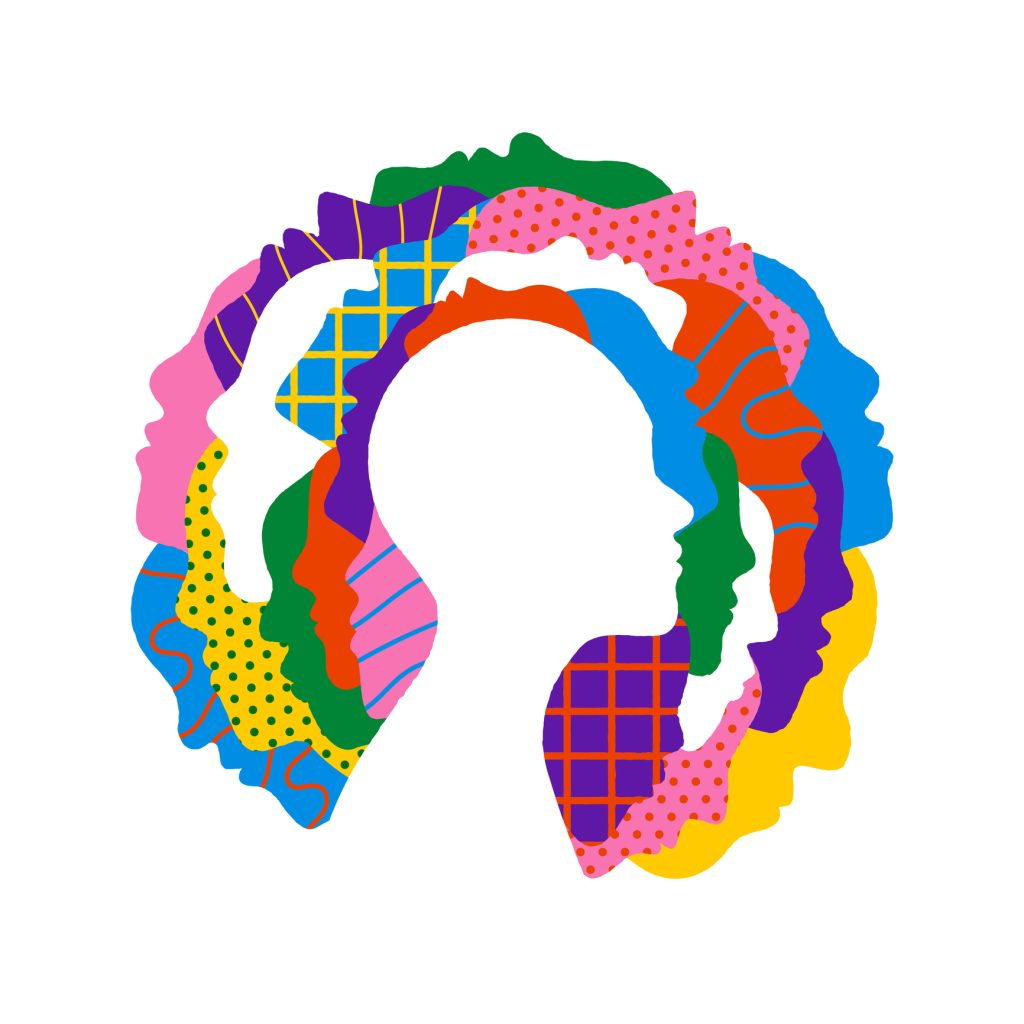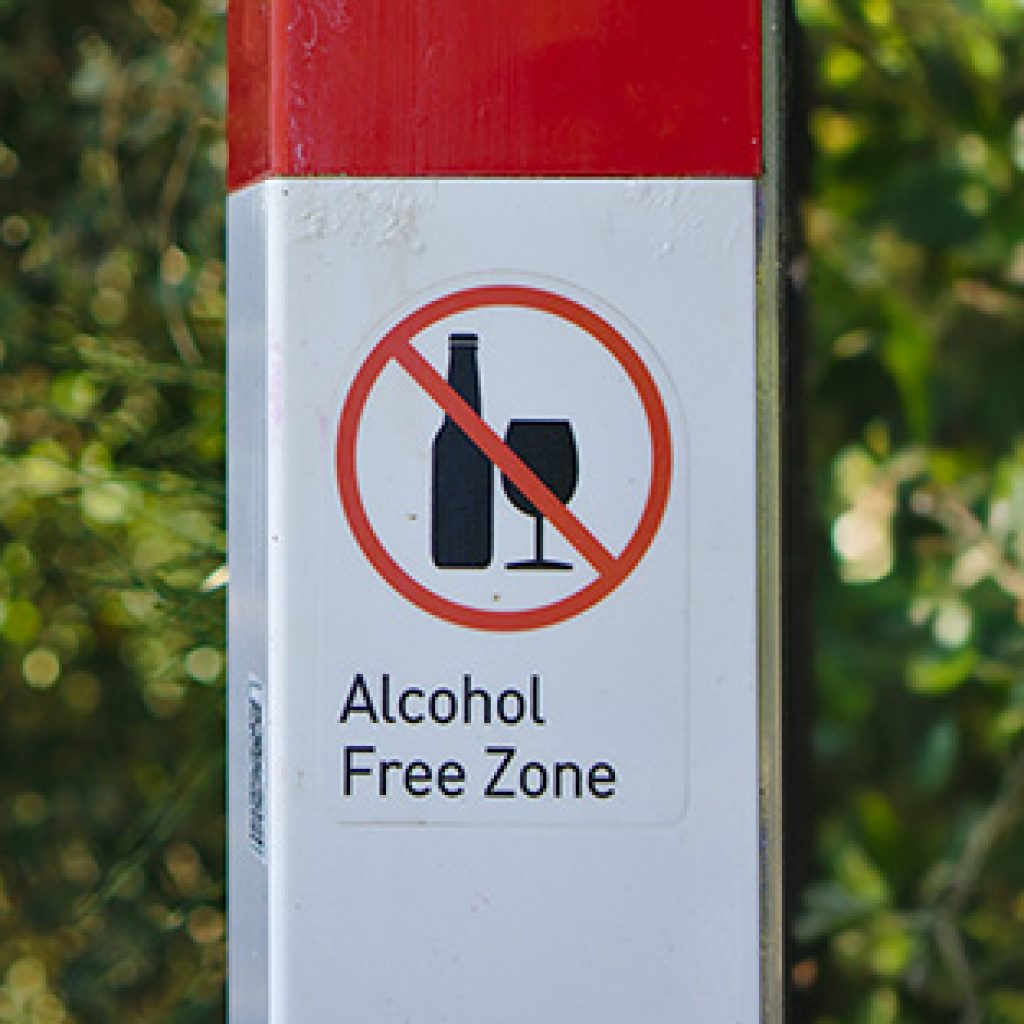8 Steps for Supporting Yourself and Others in Achieving New Year’s Resolutions
8 Steps for Supporting Yourself and Others in Achieving New Year’s Resolutions
As we embark on a new year, many people (an estimated 45 percent of Americans) have or will set New Year’s resolutions for 2022. Setting New Year’s resolutions is an age-old tradition that was first reported during the age of the ancient Babylonians over 4,000 years ago (Pruitt, 2015). Humans are naturally drawn to time-based landmarks that define the passage of time (i.e., a new week, a new year, a new semester), which is described as the “fresh start effect” (Dai, Milkman, and Riis, 2014). The New Year marks a point in time that we are naturally drawn to review the past and look towards the future. The New Year can be a time to pause and assess what has gone well over the past year, what are things we want to change, and what do we want for the future, we then set resolutions for the things we want to do or not do in the coming year.
A resolution is described as a definite decision to do or not do something (Oxford Learners Dictionary, n.d.). There is often cynicism associated with long-term success of New Year’s resolutions. In a longitudinal study conducted by Norcross and Vangarelli (1988), maintenance of resolutions varied over time with 77% maintaining their resolution one week into the new year, 55% one month into the new year, 43% after three months, 40% after six months, and 19% at the two year follow up. While the percentage of long-term success is often low, it doesn’t mean that the act is pointless. Simply the act of setting resolutions has been shown to promote positive adaptations to life and has a positive impact on psychological wellbeing (Dickson et al., 2021).
Research on New Year’s resolutions indicates that there are common categories for resolutions that people set. These categories include physical health, interpersonal relationships, personal growth, and academic results. In a study conducted by Oscarsson, et al. (2020), the most popular resolution concerned physical health (33%), followed by weight loss (20%), changing eating habits (13%), personal growth (9%), mental health (5%), and sleep (5%). Other resolutions included work, academic studies, and tobacco habits. The number of resolutions ranged from 1 to 10, with a mean of 1.8 resolutions (Oscarsson, et al., 2020). Within their study, they found that an approach-oriented resolution was more successful than those with avoidance-oriented resolutions (58.9% vs. 47.1%). They also found that have some social support increases a person’s chances of success (Oscarsson, et al., 2020).
So how can you support yourself or others in achieving their New Year’s resolutions? We can look to behavior change research to help us understand how best to support ourselves and other’s in achieving resolutions. The top three things associated with long-term success of resolutions include: readiness to change, self-efficacy, and having the skills (self-reported) necessary to make the change (Dickson et al., 2021).
Another way to think about resolutions is setting new goals. A goal is something you hope to achieve (Oxford Learners Dictionary, n.d.). Goal setting is fundamental to human experience and drives much of human behavior. Often times when setting a new goal, we jump right to the act of goal setting without exploring our deeper motivations for making the change. Whether you personally are planning on making a change or you are supporting your clients to make a change, these 8 steps will support lasting behavior change for the New Year.
Step 1: Discover your deeper motivation for change.
Take time to journal or ask yourself these questions to unearth your deeper motivation for change.
- What is your vision for 2022?
- What do you hope to do?
- Where do you hope to go?
- How do you hope to feel?
- What do you value most in your life right now?
- What areas of your life do you feel most proud of?
- What areas of your life do you want to make a change in?
- What is your motivation for change?
- How does this change relate to your vision for 2022?
- How are your values connected to the change you want to make?
- What are the benefits of changing?
- What are the drawbacks of changing?
- How would your life be different if you made this change?
- What would your life look like in one year if you did not make this change?
- How confident are you that you can make this change?
Step 2: Set goals.
Once this foundational work of understanding where you want to go, what you want to do, and how you want to feel, it’s time to set goals. SMART (Specific, Measurable, Attainable, Relevant, and Time-Bound) continues to be the top framework for goal setting (Doran, 1981). While setting SMART goals, it’s important to also set interim goals along the way (i.e. weekly or monthly goals).
- What specifically do you want to accomplish?
- How will you measure success?
- How confident are you that you can achieve this goal?
- How relevant is this goal to your hopes and vision for 2022?
- What timeframe will you make the change in?
Step 3: Plan for setbacks.
As you set your goals, it can be helpful to plan for challenges along the way. Long-term behavior change is a process, and one that requires learning (i.e. missteps and failure) along the way. Setbacks are expected. Here are some questions that can be helpful to consider as you make a plan.
- What habits do you need to be aware of in order to make this change?
- What barriers/challenges do you anticipate?
- How might you overcome these challenges?
Step 4: Choose an accountability partner.
After you’ve set your goals, and identified potential barriers/challenges, it’s important to identify an accountability partner. Long-term behavior change has been correlated with social support (Oscarsson, et al., 2020).
- Who will you share your plan with?
- What support do you need from this person?
Step 5: Identify milestones along your path to change.
When working towards a long-term goal, it’s important to choose important milemarkers along your path to change which can serve as reminders that you are making progress.
- What milestones do you anticipate along your journey?
- How will you celebrate these milestones?
Step 6: Savor the moments you are engaging in the new behavior.
As you engage in the new behavior, bring full attention to your new activity. See if it’s possible to savor at least 20 seconds, and tap into your motivation for change (i.e. I feel healthy, nourished, and energized when I eat foods that are good for my body. Eating this way will help me to live a longer and healthier life). By pausing to savor the behavior, you are helping to support new habit formation, and new neural pathways in your brain.
Step 7: Be flexible.
According to Dickson et al. (2021) being flexible with your goals is correlated with wellbeing. If a goal isn’t working, go back to the drawing board and review your plan. If you get lost along the way, go back to your why. Adjust your plan as needed.
- Is it the right time to pursue this goal?
- What needs to change?
- Is there a different goal I need to focus on in order to help me move forward?
Step 8: Practice self-compassion along the journey.
When a misstep or failure occurs, reflect on what happened, and how you will overcome the barriers in the future. Again, change is a process and setbacks are expected, and they are learning opportunities. Notice how you speak to yourself when you fail and offer words of kindness to yourself just as you would a dear friend.
Most long-term change happens slowly. It’s small daily changes. Keep it simple. May 2022 be a year where you realize your resolutions!
Your Turn: Please share your resolution, and/or thoughts about how best to support people in making lasting behavior change in the comments below.
Additional resources may be found on the CASAT OnDemand Resources & Downloads page.
This article was developed by Heather Haslem, M.S. at CASAT. Feel free to use, link to, or distribute this information. A link to our site and attribution would be much appreciated.
Suggested citation:
Haslem, H. A. (2022, January 6). 8 steps for supporting yourself and others in achieving New Year’s resolutions. CASAT OnDemand. Retrieved January 6, 2022, from https://casatondemand.org/
References:
Dai, H., Milkman, K. L., & Riis, J. (2014). The fresh start effect: Temporal landmarks motivate aspirational behavior. PsycEXTRA Dataset. https://doi.org/10.1037/e578192014-307
Dickson, J.M.; Moberly, N.J.; Preece, D.; Dodd, A.; Huntley, C.D. Self-Regulatory Goal Motivational Processes in Sustained New Year Resolution Pursuit and Mental Wellbeing. Int. J. Environ. Res. Public Health 2021, 18, 3084. https://doi.org/10.3390/ijerph18063084
Locke, E. A., & Latham, G. P. (Eds.). (2012). New developments in goal setting and task performance. Taylor & Francis Group. Created from knowledgecenter on 2021-12-30 17:05:16.
Merriam-Webster. (n.d.). Resolution definition & meaning. Merriam-Webster. Retrieved January 5, 2022, from https://www.merriam-webster.com/dictionary/resolution
Norcross, J. C., & Vangarelli, D. J. (1988). The Resolution Solution: Longitudinal Examination of New Year’s change attempts. Journal of Substance Abuse, 1(2), 127–134. https://doi.org/10.1016/s0899-3289(88)80016-6
Oscarsson M, Carlbring P, Andersson G, Rozental A (2020) A large-scale experiment on New Year’s resolutions: Approach-oriented goals are more successful than avoidance- oriented goals. PLoS ONE 15(12): e0234097. https://doi.org/10.1371/journal.pone.0234097
Oxford Learners Dictionary. (n.d.). Goal Definition. goal noun – Definition, pictures, pronunciation and usage notes | Oxford Advanced Learner’s Dictionary at OxfordLearnersDictionaries.com. Retrieved January 4, 2022, from https://www.oxfordlearnersdictionaries.com/definition/english/goal?q=goals
Oxford Learners Dictionary. (n.d.). Resolution definition. resolution noun – Definition, pictures, pronunciation and usage notes | Oxford Advanced Learner’s Dictionary at OxfordLearnersDictionaries.com. Retrieved January 4, 2022, from https://www.oxfordlearnersdictionaries.com/us/definition/english/resolution?q=resolution
Pruitt, S. (2015, December 30). The history of New Year’s resolutions. History.com. Retrieved December 28, 2021, from https://www.history.com/news/the-history-of-new-years-resolutions
Blog Post Tags:
Related Blog Posts
Related Learning Labs
Related Resources
.
- Buscar Tratamiento de Calidad para Trastornos de uso de Sustancia (Finding Quality Treatment for Substance Use Disorders Spanish Version)
- Finding Quality Treatment for Substance Use Disorders
- Focus On Prevention: Strategies and Programs to Prevent Substance Use
- Monthly Variation in Substance Use Initiation Among Full-Time College Students
- The National Survey on Drug Use and Health (NSDUH) Report: Monthly Variation in Substance Use Initiation Among Adolescents








